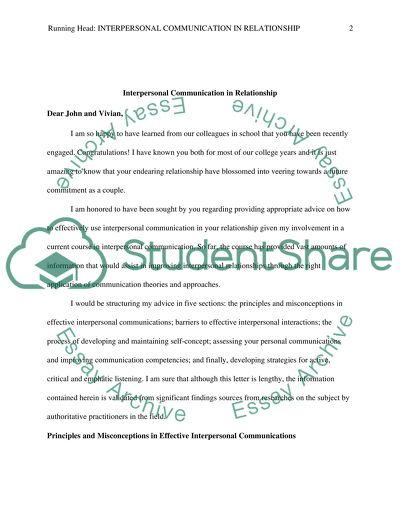Cite this document
(“Interpersonal Communication in Relationships Research Paper”, n.d.)
Retrieved from https://studentshare.org/journalism-communication/1427557-interpersonal-communication-in-relationships
Retrieved from https://studentshare.org/journalism-communication/1427557-interpersonal-communication-in-relationships
(Interpersonal Communication in Relationships Research Paper)
https://studentshare.org/journalism-communication/1427557-interpersonal-communication-in-relationships.
https://studentshare.org/journalism-communication/1427557-interpersonal-communication-in-relationships.
“Interpersonal Communication in Relationships Research Paper”, n.d. https://studentshare.org/journalism-communication/1427557-interpersonal-communication-in-relationships.


